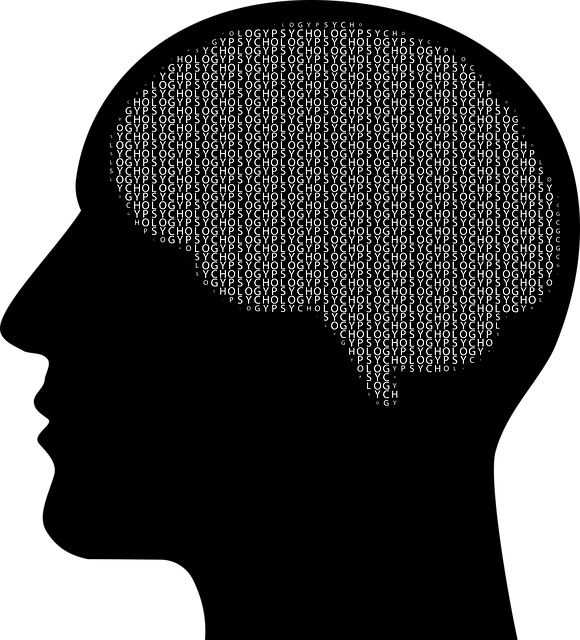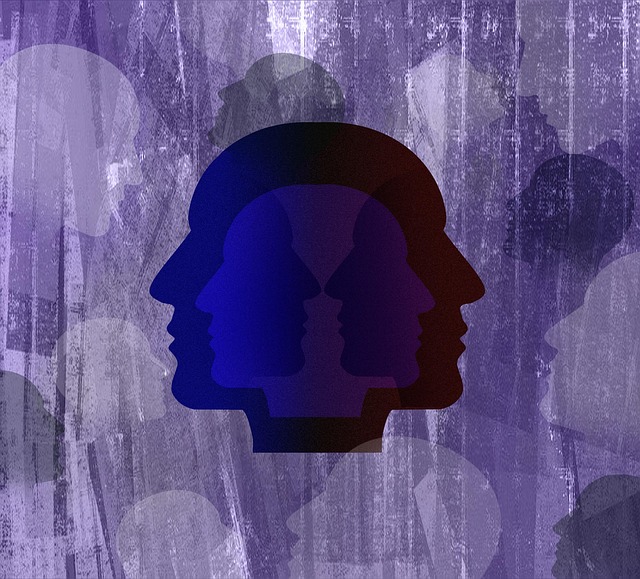Wheat Ridge Adjustment Disorder (WRAD) is a mental health condition caused by trauma or stress, characterized by emotional distress and adjusting difficulties. WRAD Therapy focuses on inner strength development, mood management, and crisis intervention to change negative thought patterns. This approach, coupled with social skills training, stress management, and stigma-reducing initiatives, creates supportive communities where individuals with WRAD can recover and openly discuss their experiences, thereby diminishing mental illness stigma through comprehensive, evidence-based strategies.
Mental illness stigma is a pervasive issue, but with concerted efforts, we can foster understanding and compassion. This article explores strategies to reduce the stigma associated with Wheat Ridge Adjustment Disorder (WRAD), a condition that impacts many. We delve into the profound effects of WRAD on individuals’ lives and examine how therapy serves as a powerful tool for overcoming this obstacle. By understanding WRAD and embracing therapeutic approaches, we can create a more inclusive society that supports those facing mental health challenges.
- Understanding Wheat Ridge Adjustment Disorder and its Impact
- Strategies for Reducing Stigma Around Mental Illness
- The Role of Therapy in Overcoming Stigma and Promoting Recovery
Understanding Wheat Ridge Adjustment Disorder and its Impact

Wheat Ridge Adjustment Disorder (WRAD) is a mental health condition characterized by significant emotional distress and challenges in adjusting to life’s demands. It often manifests as a reaction to traumatic or highly stressful events, affecting individuals’ ability to manage their moods and cope with everyday situations. WRAD can lead to feelings of anxiety, depression, and irritability, making it difficult for affected persons to maintain relationships, perform well at work or school, and generally navigate life’s transitions.
Therapy plays a crucial role in managing WRAD, focusing on inner strength development and mood management techniques. Through crisis intervention guidance, individuals can learn to identify and change negative thought patterns and behaviors associated with the disorder. By engaging in therapy, one can develop resilience, improve emotional regulation skills, and cultivate healthier coping mechanisms, ultimately reducing the impact of WRAD on their daily lives.
Strategies for Reducing Stigma Around Mental Illness

Reducing stigma around mental illness requires a multi-faceted approach that involves education, open dialogue, and supportive communities. One effective strategy is Wheat Ridge Adjustment Disorder Therapy, which focuses on individual recovery while fostering understanding among peers. Through therapy sessions, individuals learn coping mechanisms and gain insights into their conditions, empowering them to share their experiences without fear of judgment.
Social Skills Training and Empathy Building Strategies play a crucial role in fostering inclusion. By teaching social interactions and promoting empathy, communities can create an environment where mental health struggles are met with compassion rather than isolation. Additionally, integrating Stress Management techniques into daily routines helps individuals cope with triggers, reducing the likelihood of stigma-inducing behaviors stemming from unmanageable stress.
The Role of Therapy in Overcoming Stigma and Promoting Recovery

Therapy plays a pivotal role in stigma reduction efforts by offering individuals affected by mental health conditions a safe and supportive space to process their experiences. Through various therapeutic approaches, such as cognitive-behavioral therapy (CBT) or mindfulness-based practices, people can learn to manage symptoms associated with disorders like Wheat Ridge Adjustment Disorder. This not only improves their quality of life but also empowers them to share their stories without fear of judgment, thereby challenging societal perceptions and fostering understanding.
In addition, mental wellness coaching programs can facilitate recovery by providing practical tools for coping with stress and anxiety relief. Risk management planning for mental health professionals is another crucial aspect, ensuring that therapists themselves maintain good mental health while supporting their clients. By integrating these strategies, therapy becomes a comprehensive tool in the ongoing battle against stigma, promoting not only individual healing but also a more inclusive society where mental health is prioritized and supported.
In addressing the mental health landscape, particularly the impact of Wheat Ridge Adjustment Disorder, it’s clear that stigma reduction through strategic therapy plays a pivotal role in fostering understanding and support. By employing evidence-based practices, we can break down barriers and create environments where individuals feel empowered to seek help without fear of judgment. Through continued education, open dialogue, and access to quality therapy, we move closer to erasing the stigma surrounding mental illness, ensuring those affected receive the compassionate care they deserve.














